Repeatedly applying pressure, rolling, and loosening, after about fifty times, the tea leaves will change from strip-shaped to ball-shaped. Ball rolling is a traditional crafting technique for oolong tea, which is one of the most representative types of tea in Fujian and Taiwan and belongs to the category of partially fermented teas. It can be further classified into Northern Fujian oolong and Southern Fujian oolong. Northern Fujian oolong, like Da Hong Pao, has a strip-shaped appearance, while Southern Fujian oolong, like Tie Guan Yin, has a ball-shaped appearance.
In the early days, Taiwan`s Dong Ding oolong tea had a strip-shaped appearance and a less robust flavor, similar to Northern Taiwan`s Wenshan Baozhong tea. In order to distinguish itself from Baozhong tea, Dong Ding oolong tea adopted the technique of Southern Fujian ball-shaped oolong tea, resulting in a richer taste. Despite searching through many historical records, there are hardly any documented stories about the development of ball-shaped oolong tea, only legends passed down through oral history.
In China, early tea makers had to transport tea leaves from the mountains to the market on foot. Because Anxi is characterized by mountainous terrain and inhabited by many wild animals, strip-shaped tea leaves were difficult to transport due to their large volume, especially when being chased by a tiger from behind… Therefore, for the sake of convenience in transportation, strip-shaped tea leaves were crafted into ball shapes. Generally, the volume can differ by up to twice as much. The shaping technique of oolong tea has been refined and widely promoted in Taiwan.


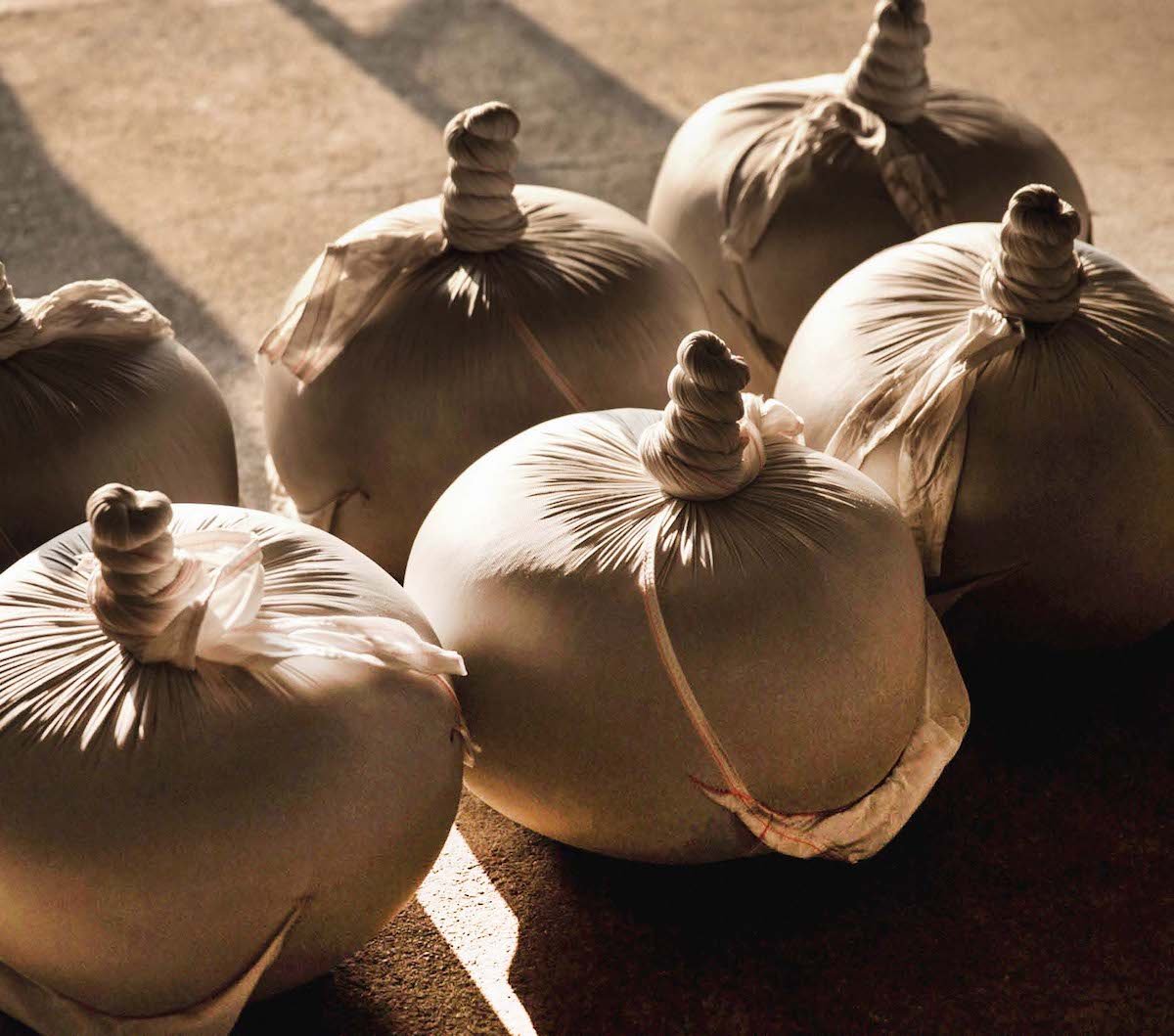

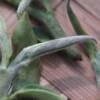
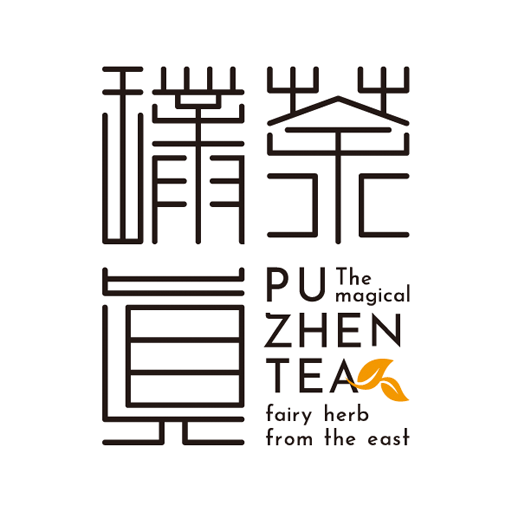
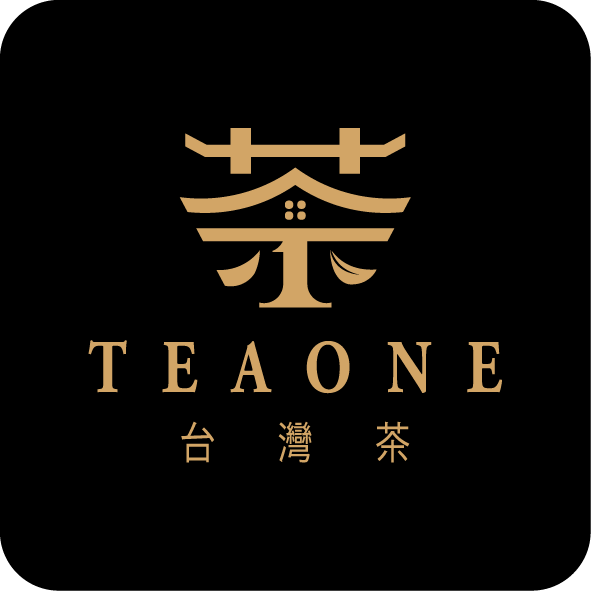
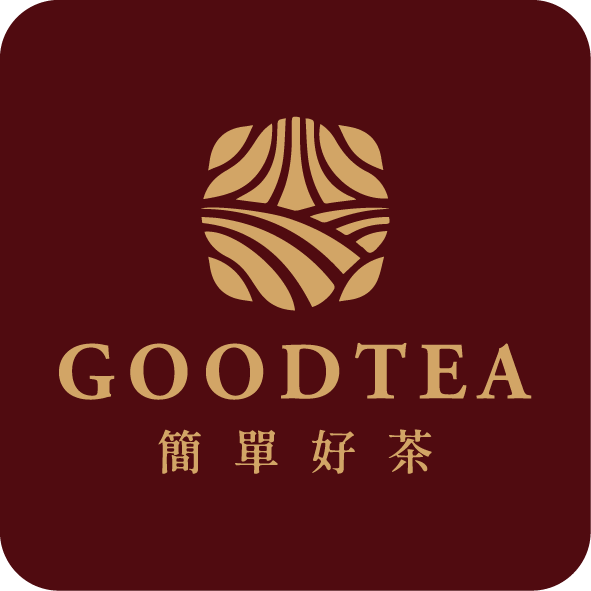
Leave a reply